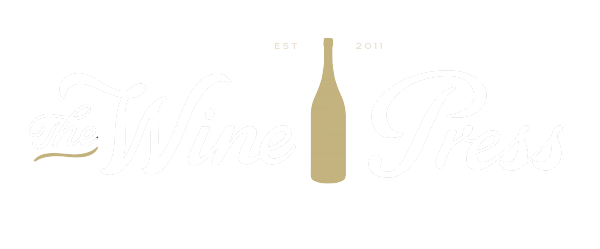Natty wine buyer’s guide
If you’re reading this, there’s a good chance you’re not entirely sure why you should try natural wines or what producers mean when they identify their wines as “natural”. There’s so much to discuss between what practices are being used in the vineyard and the cellar when making wine. So to keep it short, it essentially means there is nothing added to the grapes during the growth process and there is little to no human intervention in the cellar as well (this means no pesticides, growth hormones, fining agents, coloring dyes, ect).
Instead, natural wine producers use environmentally friendly management techniques to avoid damaging the vineyard and biodynamic practices to express the true form of where the wine came from. To compare, it’s like getting your vegetables from a farm stand rather than from the supermarket. Does this necessarily mean all wine produced naturally is better than the rest? I wouldn’t say so. I believe there’s a scale between natural wine that has too many faults due to not enough refinement, and wine that has way too many additives in the winemaking process which, in turn, adds faults. At the end of the day ‘you like what you like’.
But, this way of production is clearly making traction in the wine business because it’s raw and minimalistic, encompassing the importance of representing the land and community surrounding vineyards. It’s a reminder that we are not just buying fermented juice in a bottle, we are supporting a small community. Each bottle of natural wine can be excitedly inconsistent, thus giving the consumer the consistent hunt for something unique.
So, what wine should you start with? I remember my first glass of natural wine was the Oyster River Winegrowers Morphos Pét-Nat (Pét-Nat means the wine finishes fermentation in the bottle so the carbonation is trapped inside to create fine bubbles). It was given to me by a friend while staying at a lake house in the summer. The wine was funky, but in the best way possible. It felt lively, vibrant, hazy, dynamic, refreshing acidity, finishing with a little bit of brett (barnyard taste). It was easy for me to connect the wine’s profile back to the vineyard that was surprisingly close by (Located in Warren, Maine) which gave me a connected sense of taste.
If bubbles aren't your thing and you're looking for a red wine to start with- the Domaine Réveille, Tous Des Oiseaux. It’s a light-tannin, juicy red berry tasting wine from the south of France in Côtes du Roussillon! It's a great wine to start with because it’s super smooth with just a lil funk, and tastes like a somewhat normal refined wine. I also consistently love Colline Pescaresi Q500 Passerina orange wine- light, floral, bitter mandarin, apterif-style, with a saline finish. It would be a perfect starter wine for someone who normally likes textured white wines. This orange wine has prolonged skin contact in the fermentation process which lends its hue. It has versatility, representing both blossoming springtime and a snow day with a disco ball if you ask me. Both things I’m always looking forward to.
Throughout my beverage career I’ve found natural wines show the most respect for the winemaking process. Natural wines are not exactly mass-produced and are carefully allocated to states, so there’s always a hunt to find the next favorite bottle. I recommend asking a Wine Press employee what they recommend based on your pallet or what kind night you’re having (for example, a personal favorite is a Jeff Goldblum movie marathon and some Las Jaras wine… so no judgement). Luckily most small wine stores have a section of natural wines to make it easier to identify. Thinking about jumping into some natural wine? We have a case sale going on for the month of February 2021! The wine’s I’ve listed are all available now. Here are a few more bottles I’ll be drinking with you! Cheers.
- Written by Kat Hamblet






